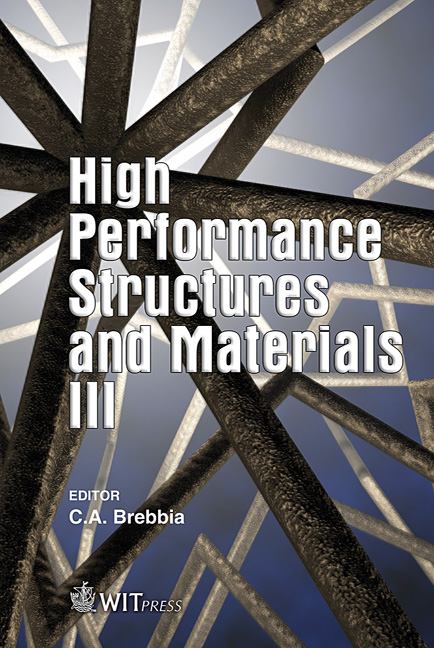Influence Of Stiffness Constraints On Optimal Design Of Trusses Using Morphological Indicators
Price
Free (open access)
Transaction
Volume
85
Pages
10
Published
2006
Size
1,493 kb
Paper DOI
10.2495/HPSM060041
Copyright
WIT Press
Author(s)
T. Vandenbergh, W. P. De Wilde, P. Latteur, B. Verbeeck, W. Ponsaert & J. Van Steirteghem
Abstract
Within the framework of sustainable development we strive for structures with a minimum volume of material. When we only consider criteria on resistance and buckling, Samyn and Latteur prove that even at the stage of conceptual design a clear hierarchy among the different truss typologies can be established. Up to now, stiffness constraints - such as the upper limit on static displacements - were not considered. However, an optimum obtained by minimising the volume, only considering the strength criterion, often results in solutions which violate the stiffness constraint(s). To avoid large displacements a stress level reduction can be imposed. However, this comes at the cost of a significant volume increase. With an optimisation process that involves the stiffness constraints at the stage of conceptual design, an optimum can be obtained without the necessity to alter the structure drastically afterwards, which partly annihilates the main objective of minimal use of material. This approach compares the different truss types on a new priority scale, generating new optima. This implicates a non-negligible change in the truss choice at conceptual design stage. The solutions are logically depended on the displacement criterions. This approach forms a first step to a new design philosophy that considers all the stiffness constraints (static displacements, resonance, local and global buckling) at conceptual design stage and is called design for stiffness. Keywords: morphological indicators, stiffness, strength, truss, steel, static displacements, optimisation.
Keywords
morphological indicators, stiffness, strength, truss, steel, static displacements, optimisation.





